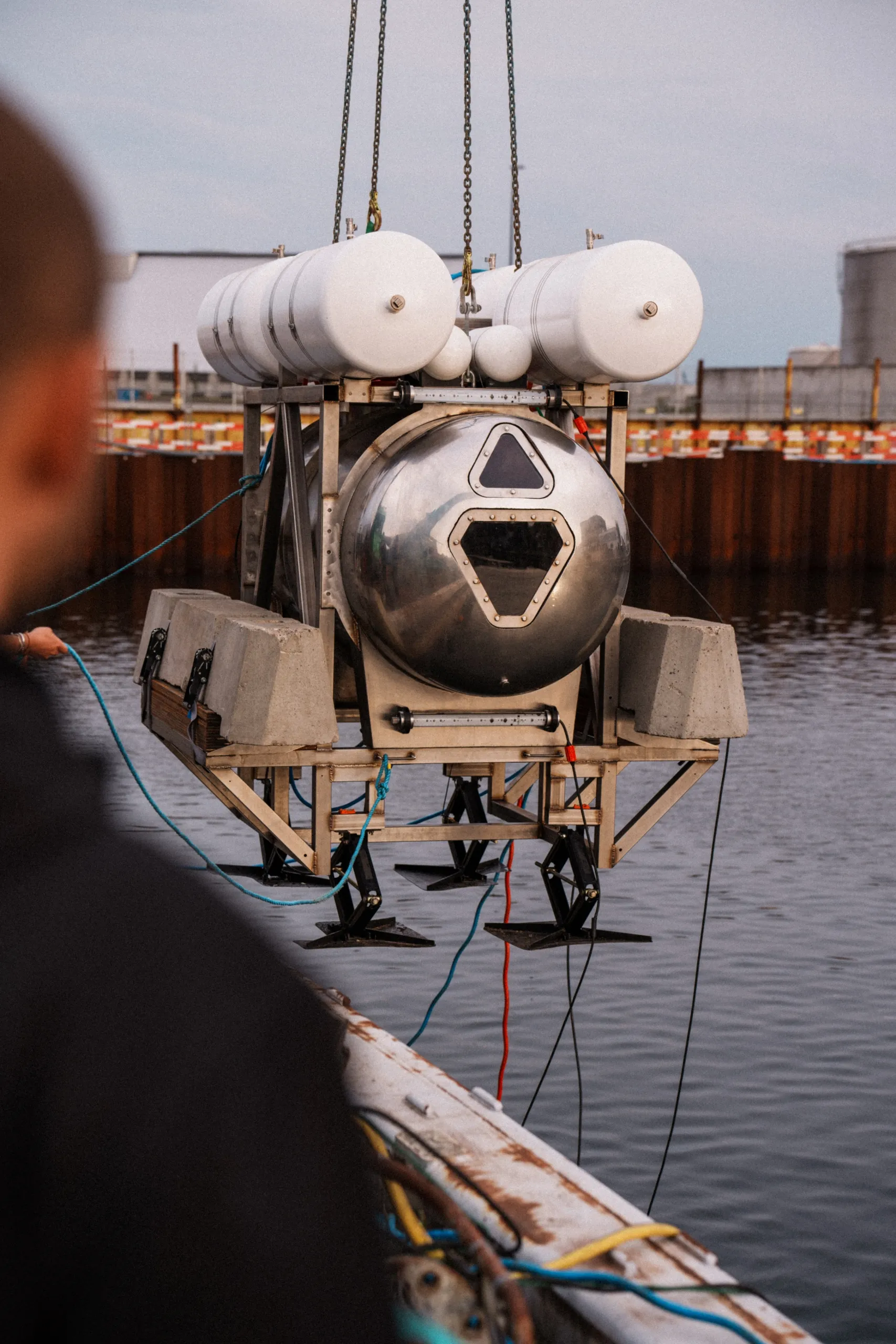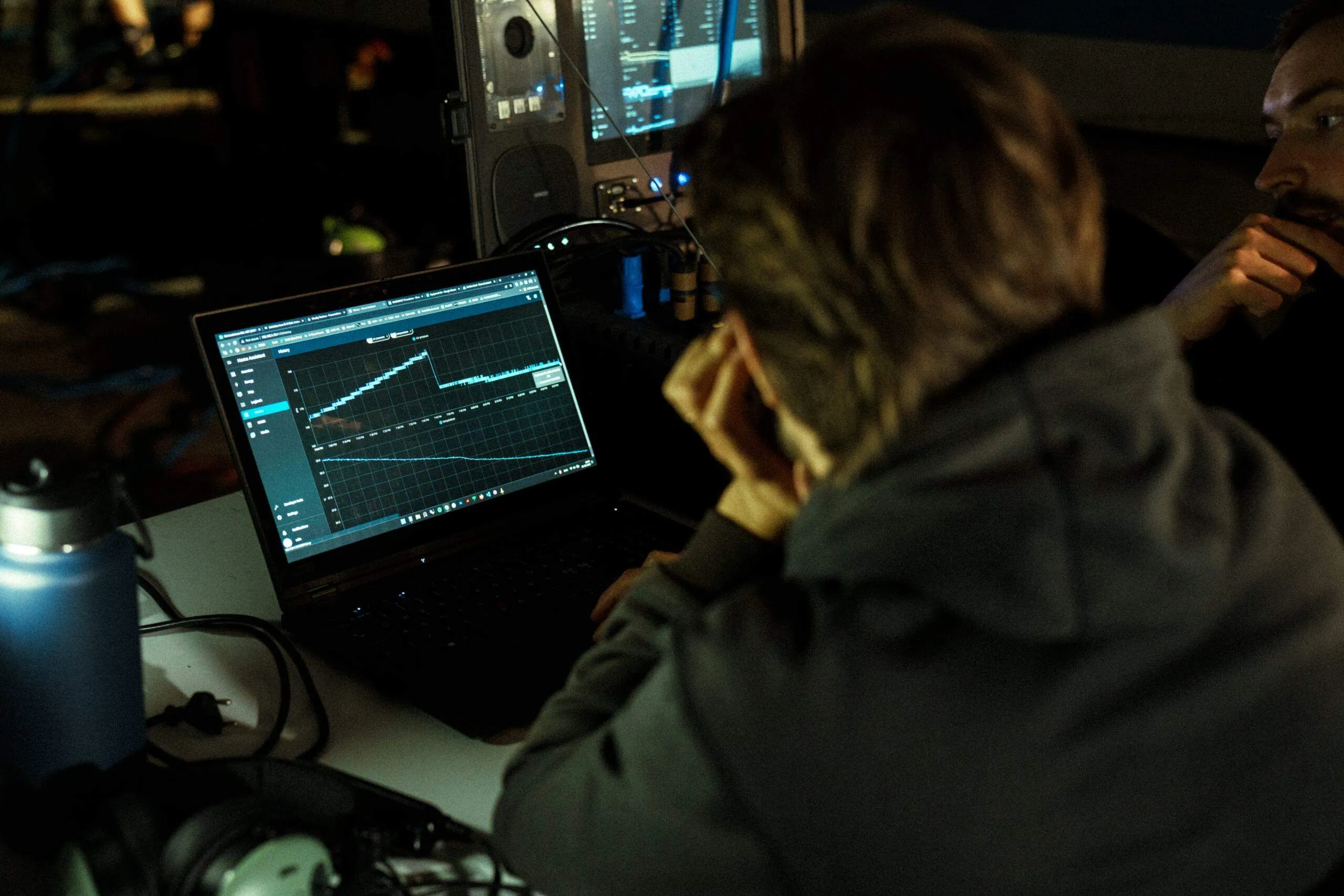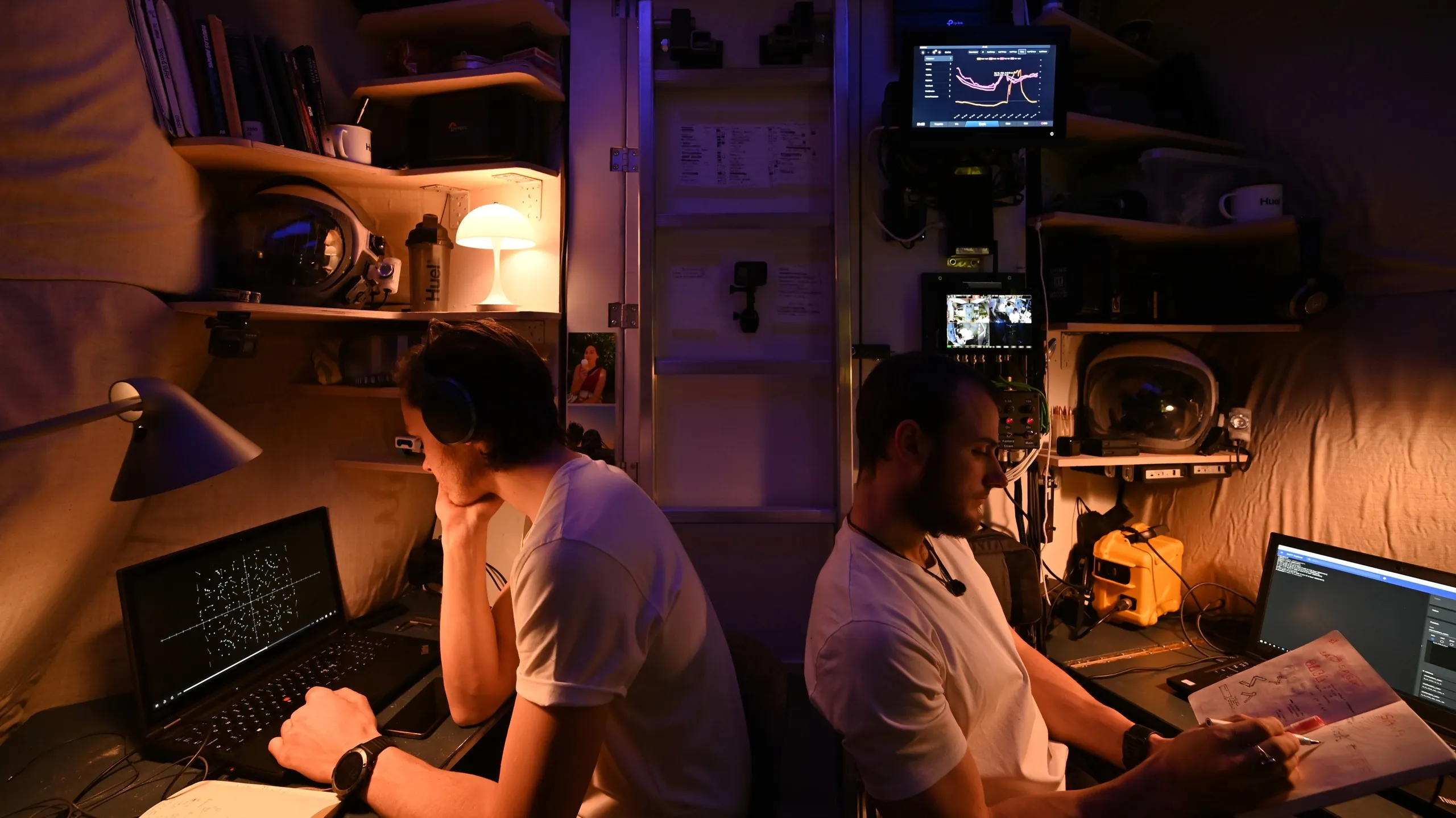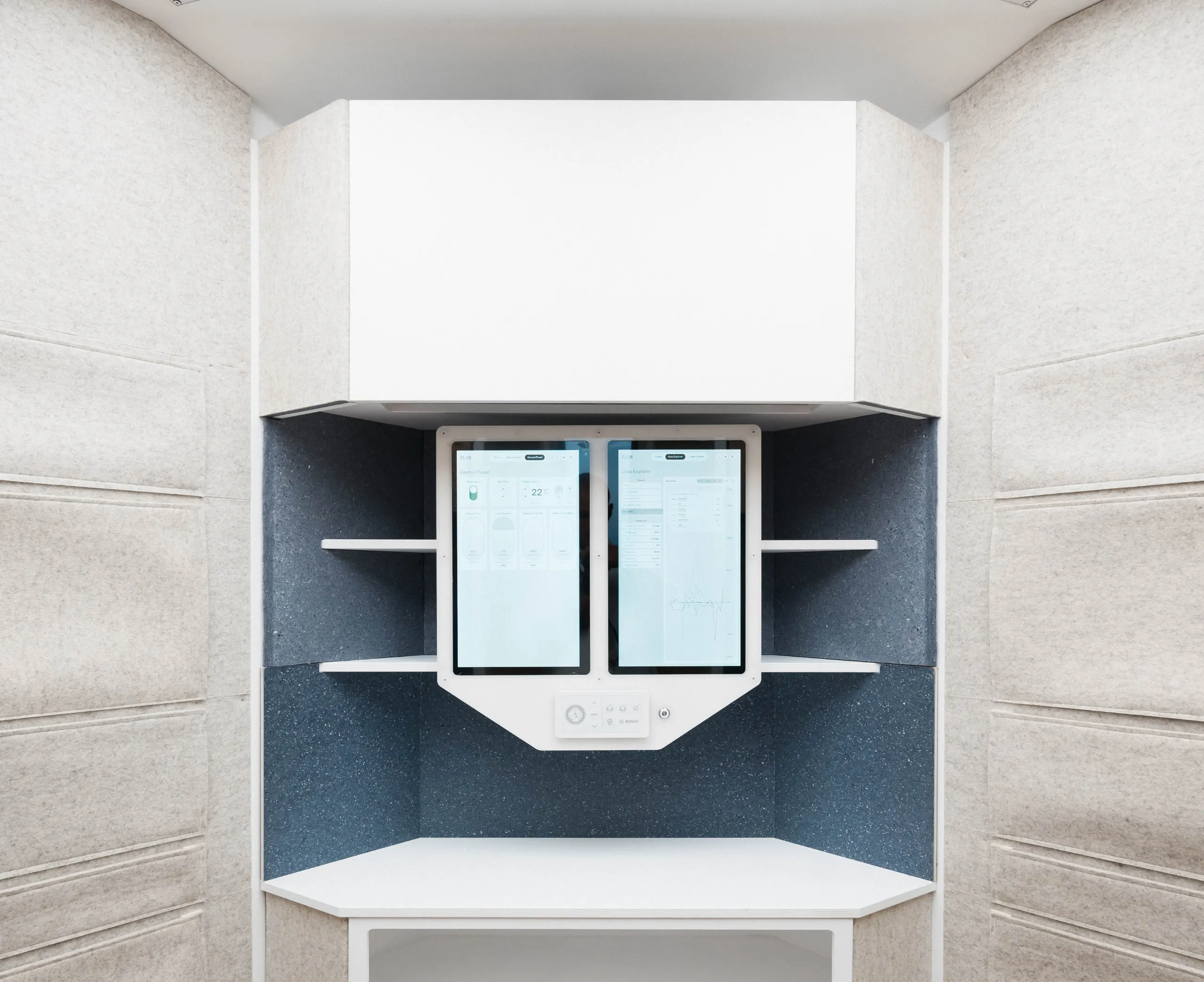
Odin
ODIN is the intelligent core of our habitats, seamlessly integrating a user-friendly dashboard with a robust suite of backend services. It visualizes key metrics from temperature to power usage, while also enabling precise control over environmental conditions through its interactive panels.
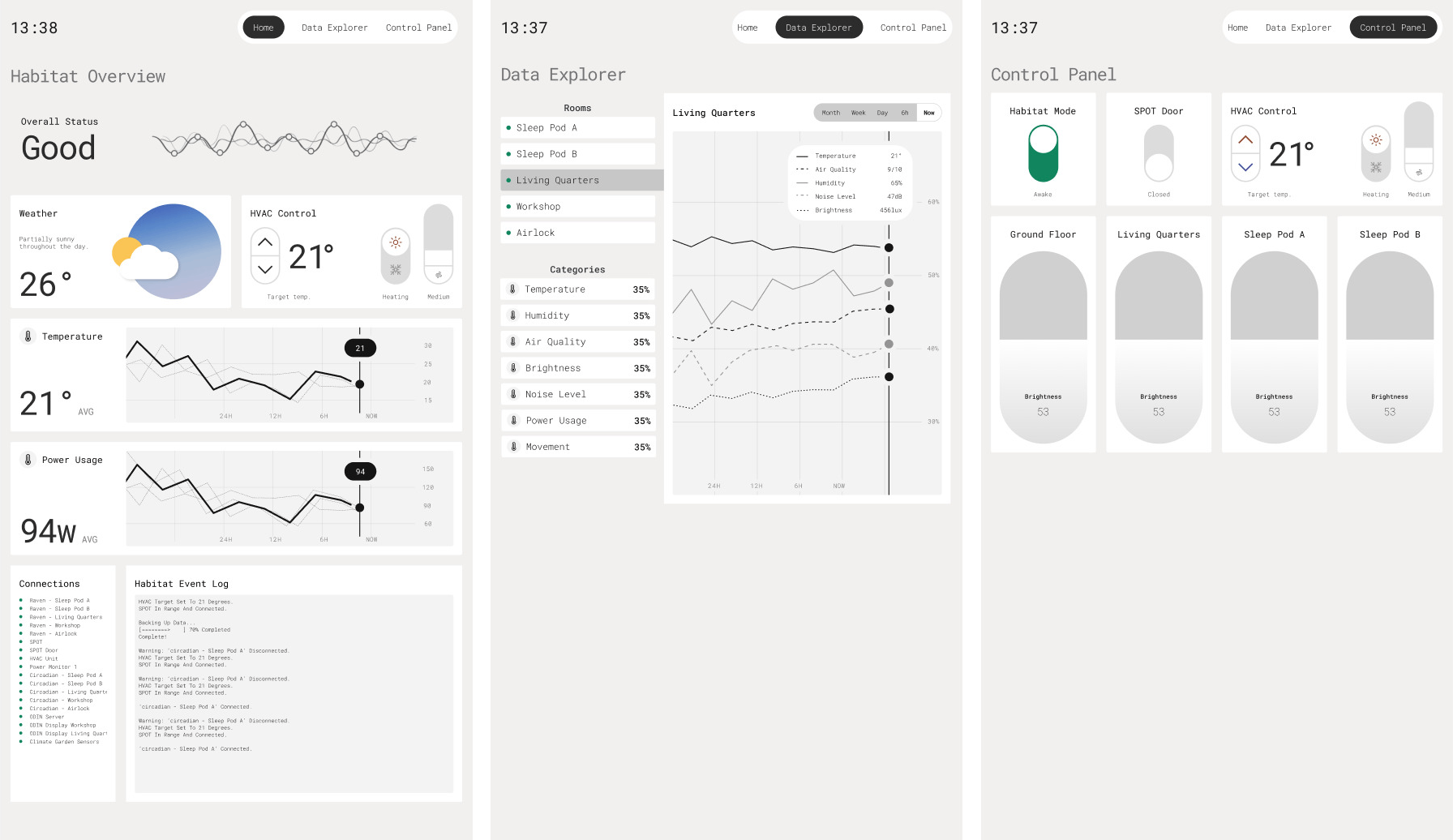
Why Odin?
Data monitoring
ODIN excels in the continuous observation of habitat conditions, ensuring every parameter is within optimal range. From climate control to energy consumption, data is not just collected; it's analyzed for trends and anomalies, enabling proactive management of the habitat's ecosystem.
Habitat controls
With ODIN, habitat control is intuitive and comprehensive. Whether adjusting life support parameters, managing power distribution, or setting up habitat modes, ODIN provides a central point of control that is both powerful and user-friendly.
Communication
At the core of ODIN's functionality is robust communication, facilitating seamless interaction between crew, habitat systems, and mission control. It ensures that every message, command, and status update is transmitted clearly and promptly.
Systems connectivity
ODIN integrates all habitat systems through a centralized network. This interconnectedness means that whether it's life support, communication, or monitoring systems, they all work in concert, driven by the reliable and secure backbone that ODIN provides.
Alerts
ODIN's alert system is designed to provide immediate notifications in the event of environmental shifts or system issues. These alerts are crafted to prompt quick responses, ensuring that any potential risks are mitigated with minimal impact on the habitat's operations.
Circadian system
ODIN also manages the habitat's circadian lighting system, mimicking the natural progression of daylight to maintain the crew's health and rhythm. This system is crucial for long-duration missions, where maintaining a natural human circadian rhythm is vital for well-being and performance. The same system is used on our Circadian Light for the ISS.
Etymology
ODIN derives its name from the chief god in Norse mythology, known for his wisdom, foresight, and a deep hunger for knowledge. In myth, Odin is depicted as a seeker of wisdom, often going to great lengths to acquire knowledge, reflecting an unending quest for understanding and insight. This etymological choice for naming the system ODIN is fitting, as it parallels the system's role in gathering data (wisdom) from various sensors (akin to Odin's ravens), processing information (knowledge), and using it to make informed decisions (foresight) within the habitat. ODIN, thus, is not just a functional tool but a symbolic representation of the pursuit of excellence and mastery over the environment it controls.
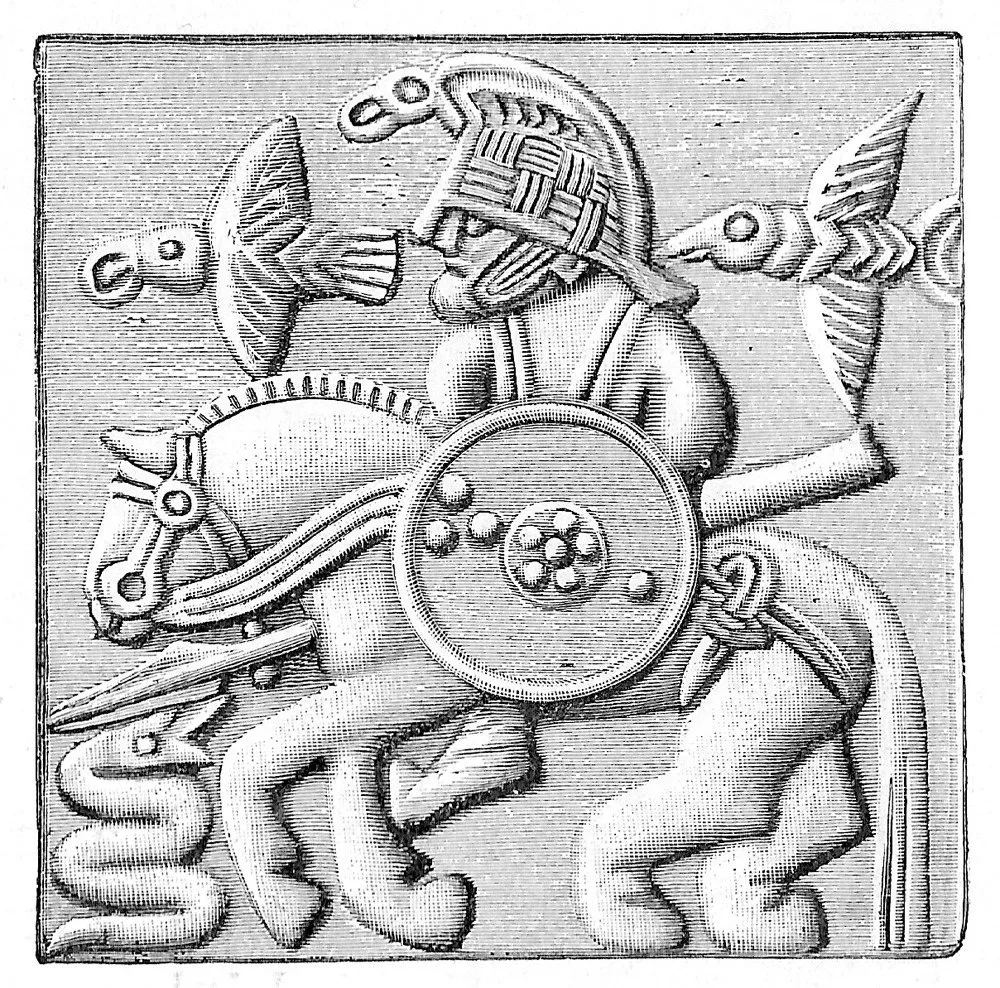
Odin v1
lunark SPACE HABITAT
The inaugural version of ODIN, v1, was a cornerstone technology within the LUNARK Space Habitat, a simulated lunar environment set in the harsh landscapes of Greenland. This iteration was specifically developed to withstand and operate in extreme conditions, echoing the solitude and challenges of the moon. ODIN v1's robust data monitoring and control systems were critical in maintaining the delicate balance necessary for the habitat's integrity and the crew's well-being.
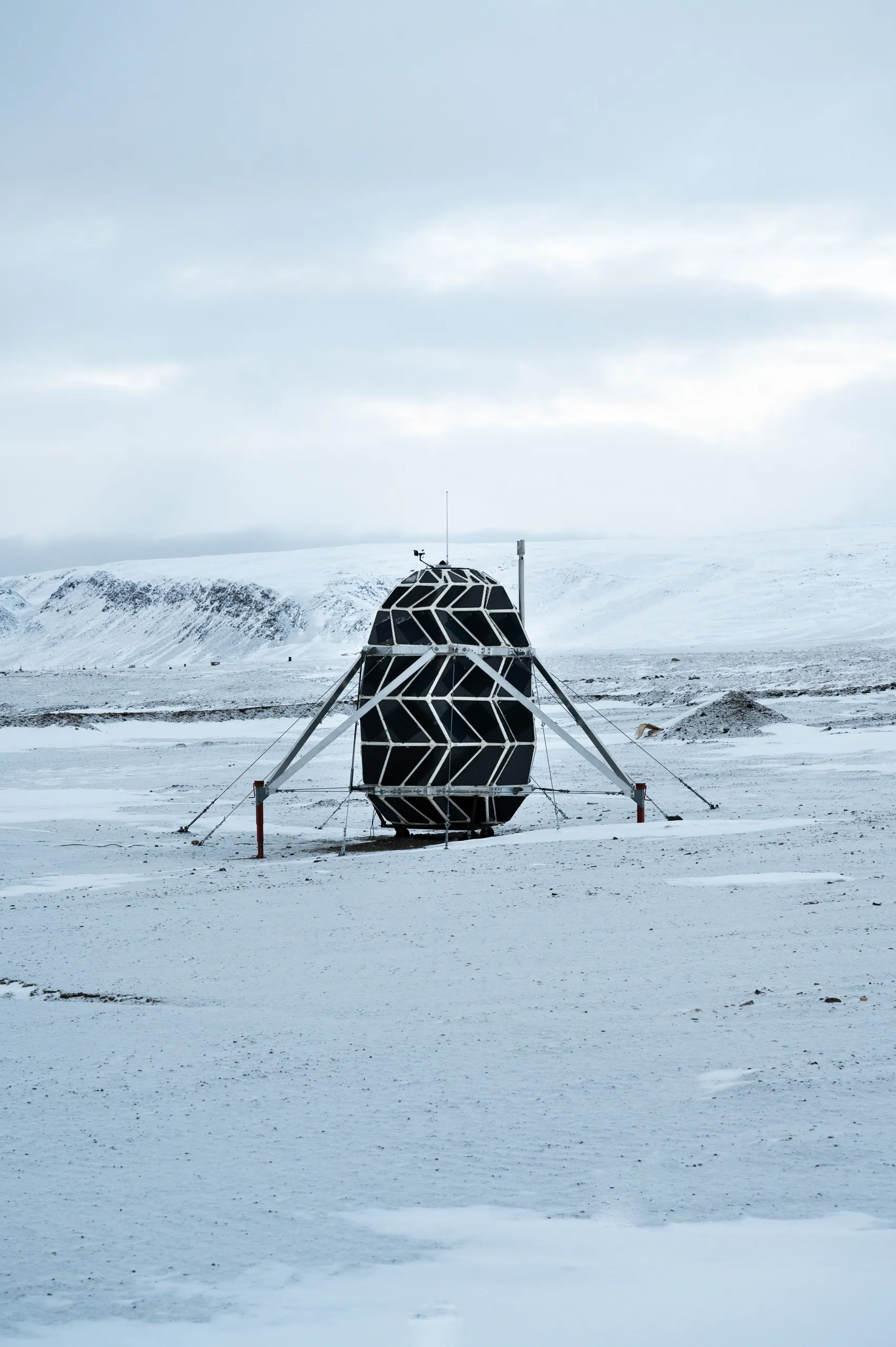
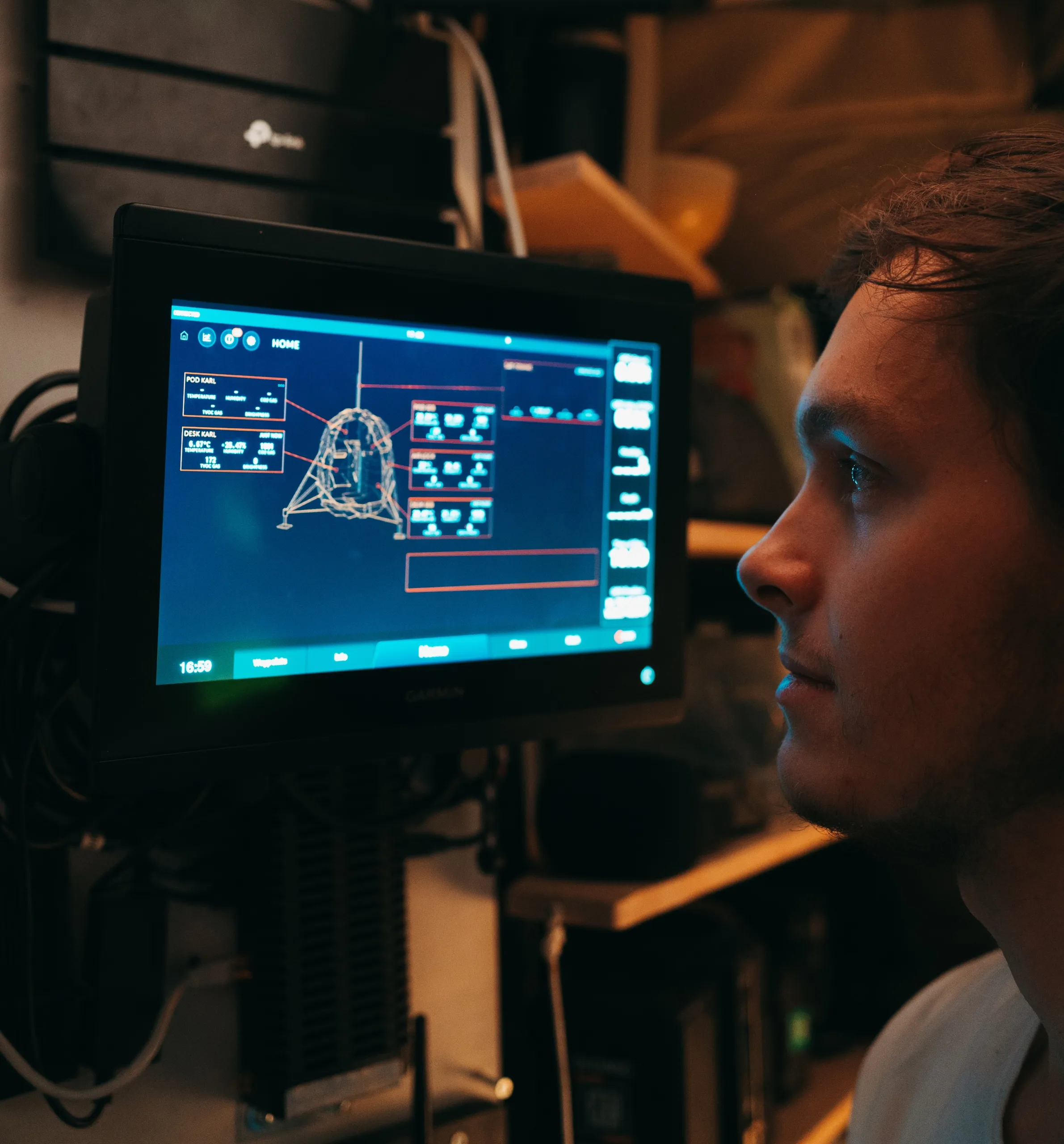
Odin v2
rosenberg SPACE HABITAT
ODIN v2 represented an evolutionary leap, tailored for the Rosenberg Space Habitat. This version introduced enhanced communication protocols and systems integration, reflecting the complex needs of a more terrestrial-focused habitat. With increased modularity and improved user interfaces, ODIN v2 facilitated a more nuanced control of the habitat's environment, allowing for sophisticated simulations and research vital to the development of long-duration space habitation.

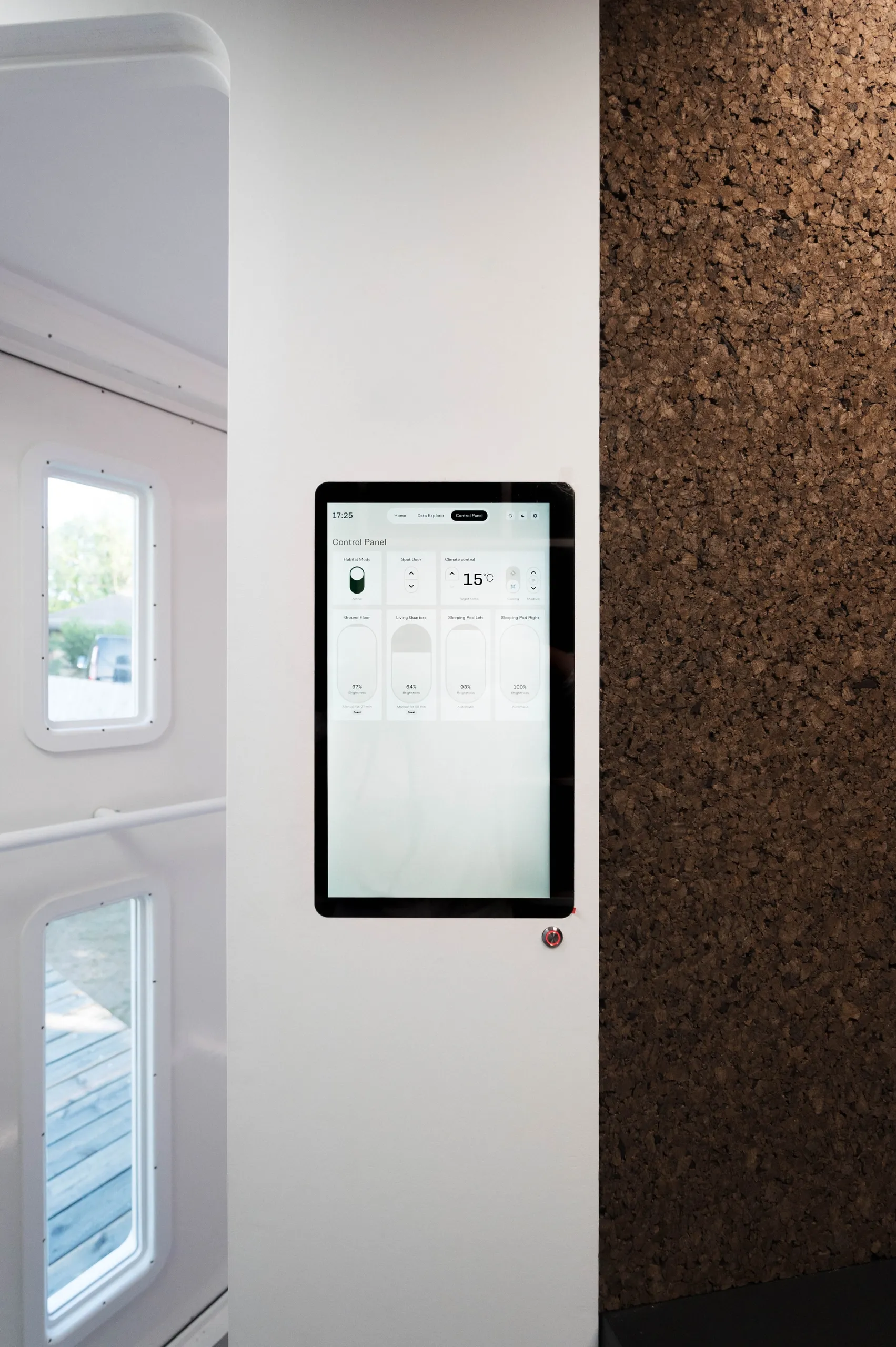
Odin v3
uhab underwater HABITAT
ODIN v3 for the UHAB Underwater Habitat was adeptly engineered with a focus on sensory precision, vital for the life support of the crew. It excelled in real-time monitoring of the habitat's atmospheric conditions, ensuring the gas mix was consistently within safe limits for human occupancy. Beyond its robust sensor network, ODIN v3 was integrated with live video feeds, offering visual oversight of the habitat's interior and surroundings. This feature, along with its real-time communication capabilities, allowed for an unprecedented level of connectivity and situational awareness, crucial for the safety and operational success of the underwater habitat.
